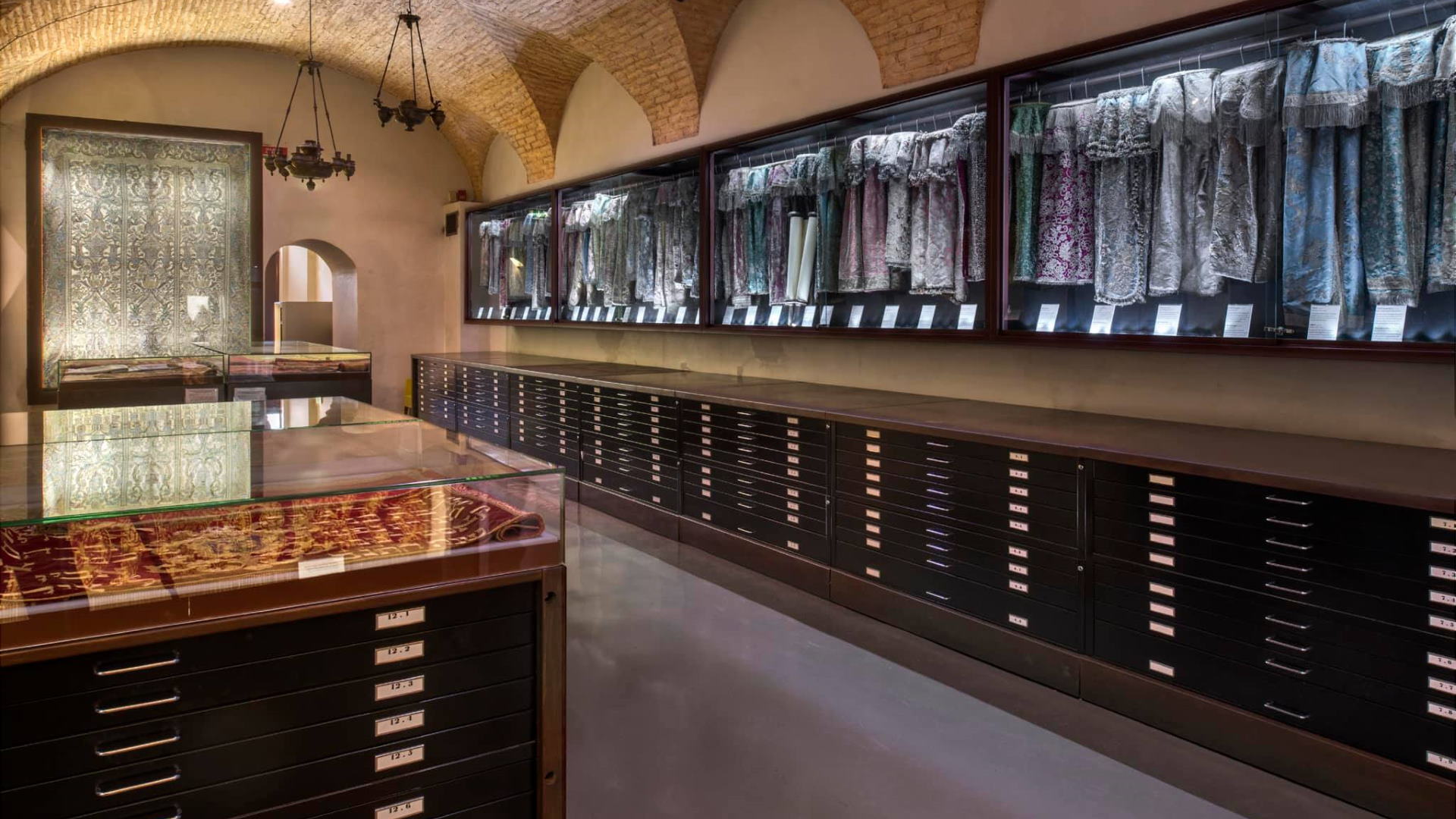
The Jewish Museum of Rome was created to bring citizens and tourists into direct contact with Jewish culture through an engaging and interactive experience. Situated in the heart of Rome, overlooking the Tiber in front of the Tiber Island, on the opposite side of the lively and characteristic Rione Trastevere, it is set within the monumental complex of the Great Synagogue and covers an area of 700 square metres divided into eight thematic rooms that tell the story of one of the oldest communities in the world outside the Land of Israel, whose history has been intertwined with the destiny of Rome since more than 2000 years ago.
The Ghetto of 1555 lives again as it was before its demolition with augmented reality (AR) and virtual reality (VR), thanks to a state-of-the-art immersive experience using interactive visualisation technologies. You can visit the Ghetto for the first time in all its historical phases: the life of the ancient ghetto flows before your eyes, you can walk through its streets, see its squares, the fish market and the building that contained the five ancient synagogues. The tour lasts about 30 minutes and is accompanied by explanations from educators (for a total of 60 minutes). The visit, available in Italian and English, is accessible with immersive visors and stereophonic earphones.
The visit path, which also includes a tour of the Main Temple and the Spanish Temple, thus offers a reconstruction of the life of the Jewish population in the city from the earliest settlements, although the exhibits mainly date back to the Ghetto period (1555-1870), and illustrates the foundations of Judaism through art, culture and history over the centuries.
Its rich collection includes liturgical furnishings and objects, manuscripts, incunabula, registers, ancient marbles and textiles, silverware from the Ghetto period and documents from more recent history.
The collection of liturgical textiles - around 900, some displayed in showcases, others kept in special drawers that protect them from the light - represents a “unicum” in Rome, for its consistency and quality. The textiles were made between the 17th and 20th centuries by the major European manufacturers: a world of colours and ornaments, velvets, embroideries and precious lace that testify to how, even in conditions of oppression and hardship, the Jews of Rome shared a taste for beauty with the rest of the city.
Against the backdrop of the Rome of the Popes, the heritage of furnishings from the synagogues of the Ghetto, most of which are now preserved in the Museum, developed over three centuries. A few wealthy families offered the objects of worship, commissioned from the most important and innovative Roman silversmiths, even though the Jews were heavily taxed and the majority of the population was in poverty.
The museum's collection has been enriched by generous donations that have made it possible to explore tragic chapters in the history of the community throughout the 20th century: from the diaspora of Libyan Jews, to which an entire room has been dedicated, to racial persecution before and during the Second World War.
The new discoveries, achieved through the analysis of archive documents, inscriptions, punches, and with the help of a rich photographic collection, led to the inauguration of the Hall of Silver, together with its catalogue 'Consecrated to the Lord. Silverware from the Jewish Museum of Rome' a valuable contribution to the knowledge and appreciation of what a community, albeit a limited one, can offer. A testimony that is a point of reference both for studies on Jewish art and the history of the Jews of Rome, and for those who appreciate this extraordinary chapter of art history.
Photo: Jewish Museum of Rome
Casina dei Vallati - Museo della Shoah
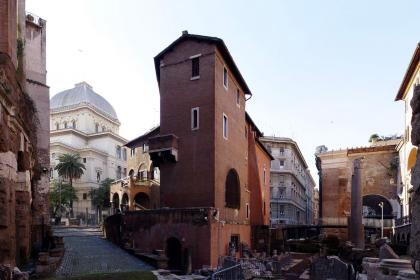
 Condividi
Condividi
The Portico of Octavia
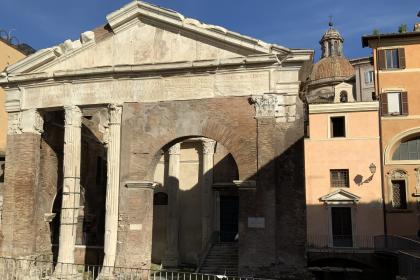
 Condividi
Condividi
The old Jewish Quarter
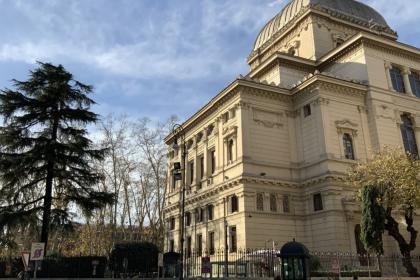
 Condividi
Condividi
The Great Temple
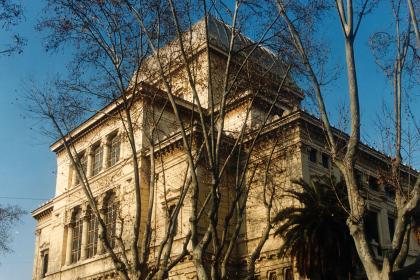
 Condividi
Condividi
Rione XIII - Trastevere
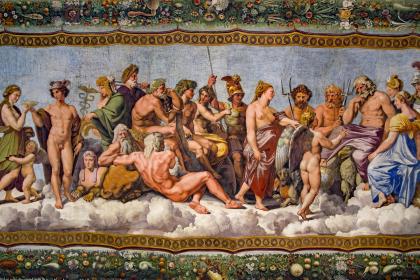
Information
From 31 October to November 20th and from January 3rd to January 30th
Sunday to Thursday: open from 10.00 to 16.30 (last admission at 15.45)
Friday open from 9.00 to 14.00 (last admission at 13.15)
From November 21st to January 2nd
Monday to Thursday: open from 9.00 to 16.00 (last admission at 15.15)
Friday open from 9.00 to 14.00 (last admission at 13.15)
From January 31st to March 30th
Sunday to Thursday: open from 10.00 to 17.00 (last admission at 4.15pm)
Friday open from 9.00 to 14.00 (last admission at 13.15)
From April 1st to September 30th
Sunday to Thursday: open from 10.00 to 18.00 (last admission at 17.15)
Friday: open from 10.00 to 16.00 (last admission at 15.15)
For updates and guidelines please check the > official website
Jewish holidays and closing days in 2021
March 17 (Purim)
April 15 – 16 – 17 and 22 – 23 (Pesah)
May 5 (Yom Ha’azmaut)
June 5 – 6 (Shavuot)
August 8 (Tishà Be Av)
September 25 – 26 – 27 (Rosh Ha Shanà)
October 4 – 5 (Yom Kippur)
October 9 – 10 – 11 (Sukkot)
October 16 (O’Shannà Rabbà)
October 17 (Sheminì Atzeret)
October 18 (Simhat Torà)
 Condividi
Condividi
Location
To find out about all accessibility services, visit the Rome accessible section.











































